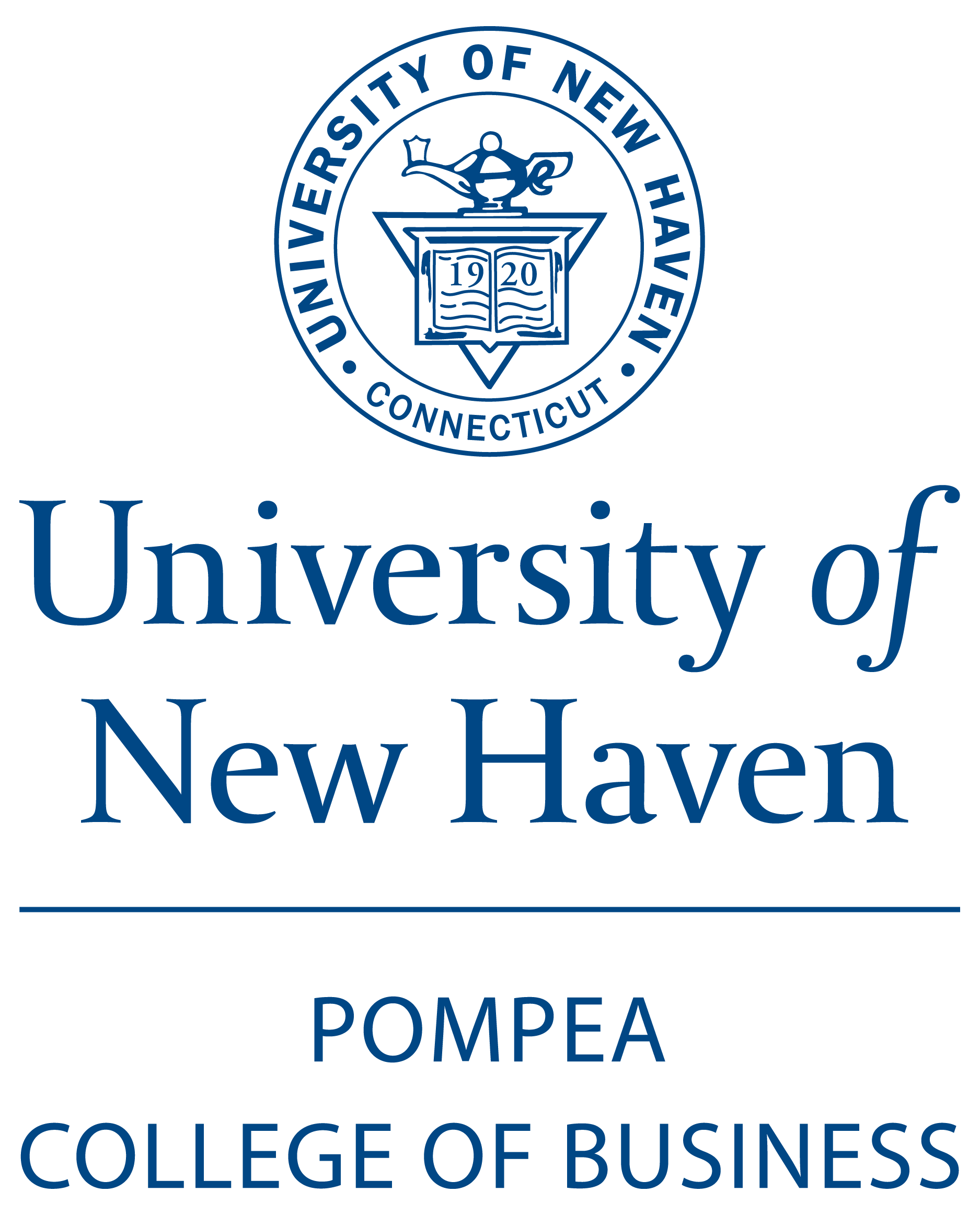Abstract
Insurance telematics is a recent technology-enabled service innovation advanced by insurance companies and adopted by millions of drivers worldwide. This research study explores the insurance telematics technology acceptance and use among the new Millennials generation, which represents both a challenge and an opportunity for insurers. Drawing on the Technology Acceptance Model (TAM) and the Theory of Planned Behaviour (TPB), the study uses data from 138 Millennials in the USA to delve into their perceived attitudinal behavior and intention to use insurance telematics. The findings provide empirical confirmation of the integrative and predictive power of the proposed combined theoretical framework (TAM-TPB) to explain insurance telematics adoption and use. The results also suggest a sophistication-level shift in Millennials preferences from functionality evaluation to applicability value sought through the adoption and use. And the findings ascertain the role of perceived enjoyment, trust, and social media as critical factors influencing Millennials attitudinal behavior and intention to use insurance telematics. Considering these results, the authors further discuss implications for scholars and practitioners, and suggest future research directions.
Creative Commons License

This work is licensed under a Creative Commons Attribution-NonCommercial 4.0 International License
Recommended Citation
Tian, Xiaoguang; Prybutok, Victor; Mirzaei, Fouad; and Dinulescu, Catalin C.
(2020)
"Millennials Acceptance of Insurance Telematics: An Integrative Empirical Study,"
American Business Review: Vol. 23:
No.
1, Article 10.
DOI: https://doi.org/10.37625/abr.23.1.156-181
Available at:
https://digitalcommons.newhaven.edu/americanbusinessreview/vol23/iss1/10
DOI
https://doi.org/10.37625/abr.23.1.156-181



